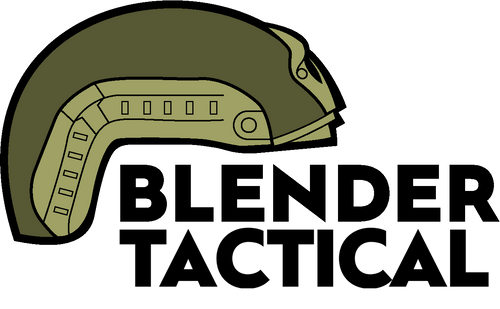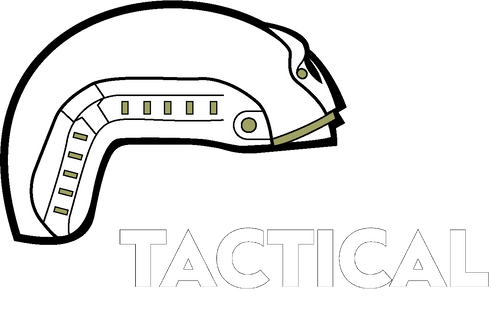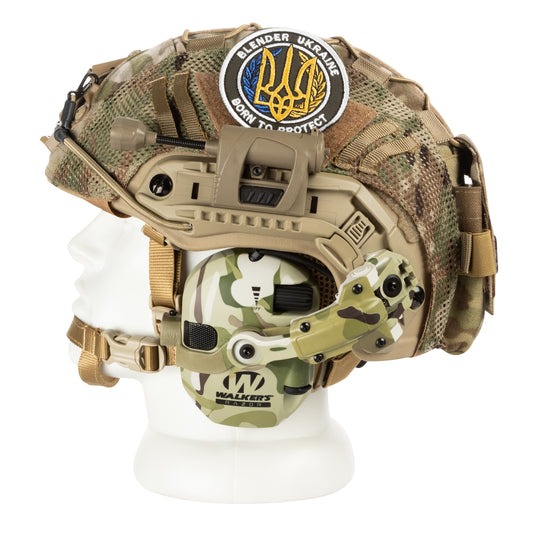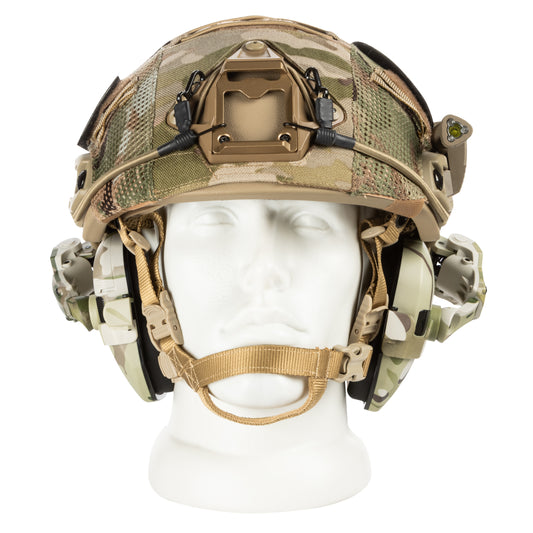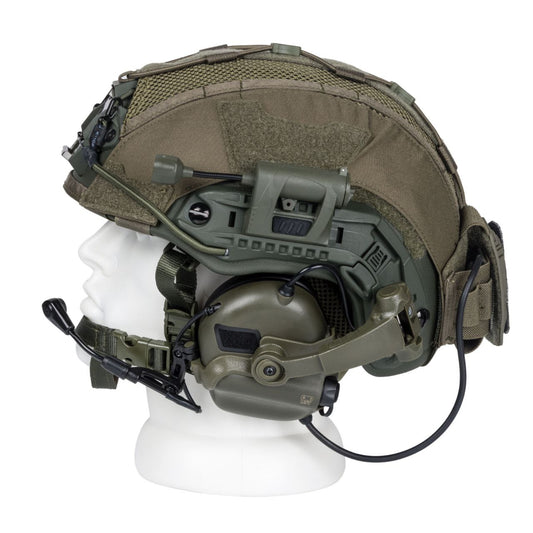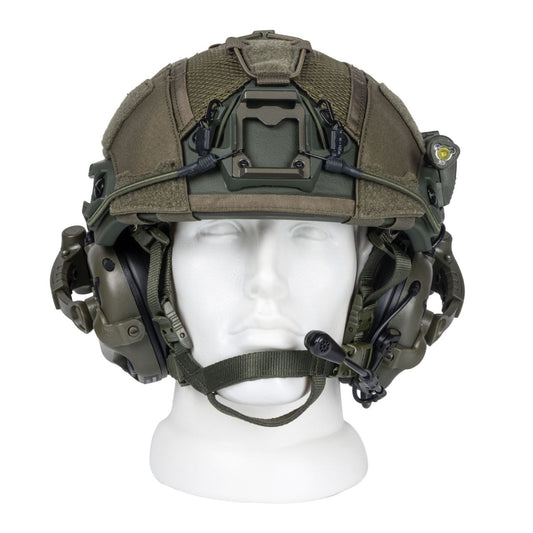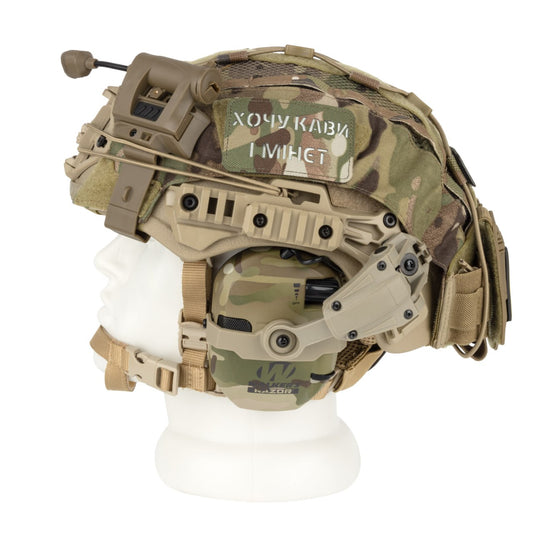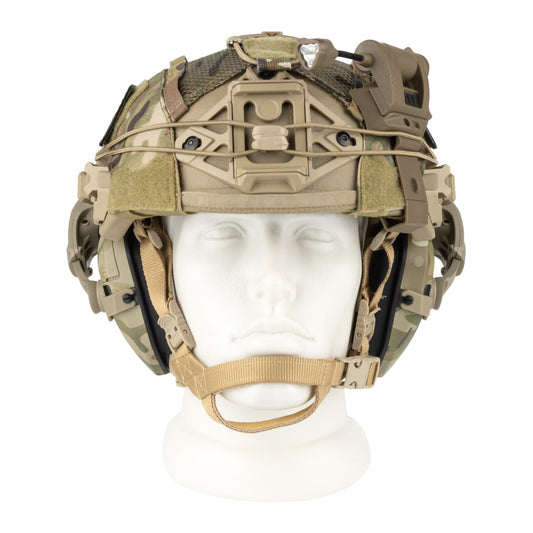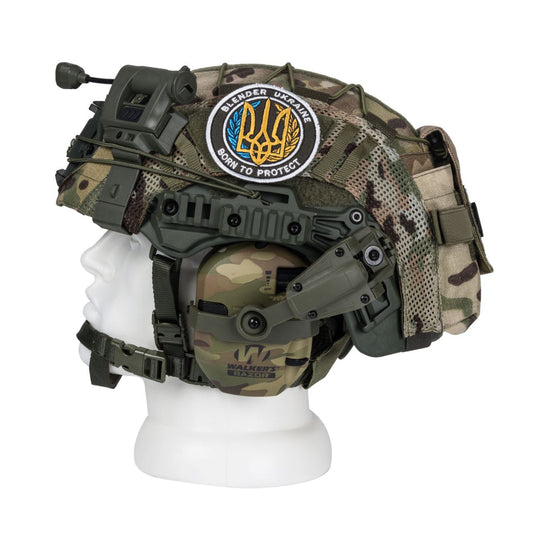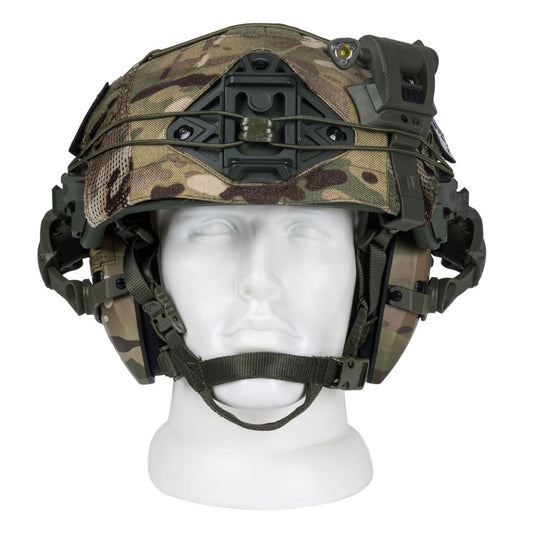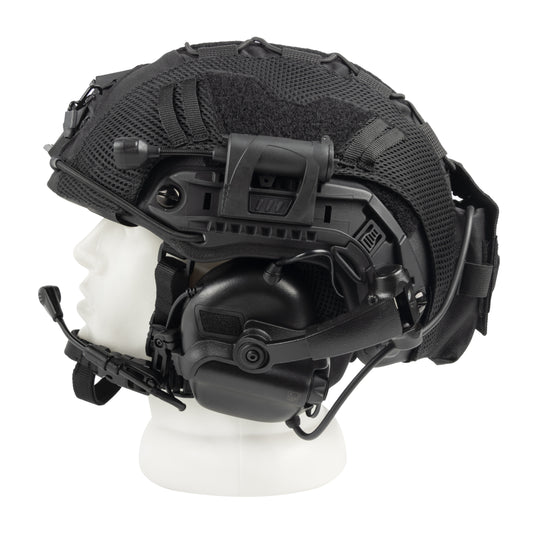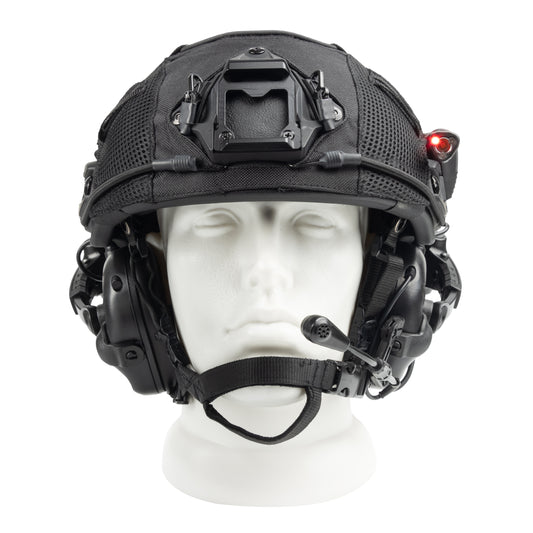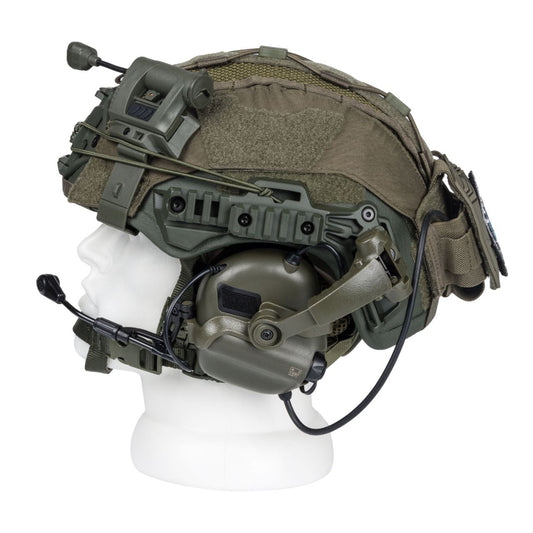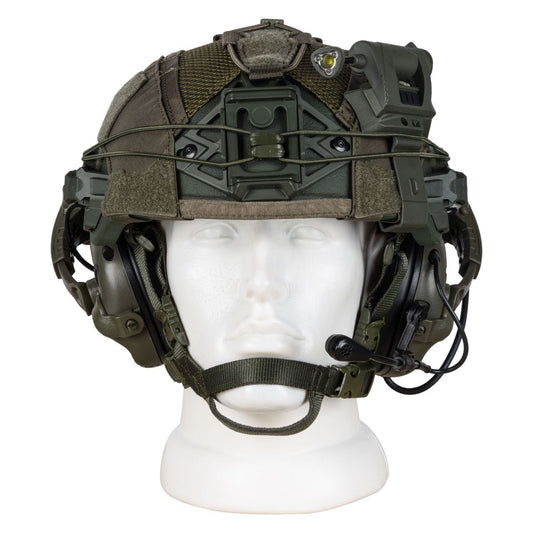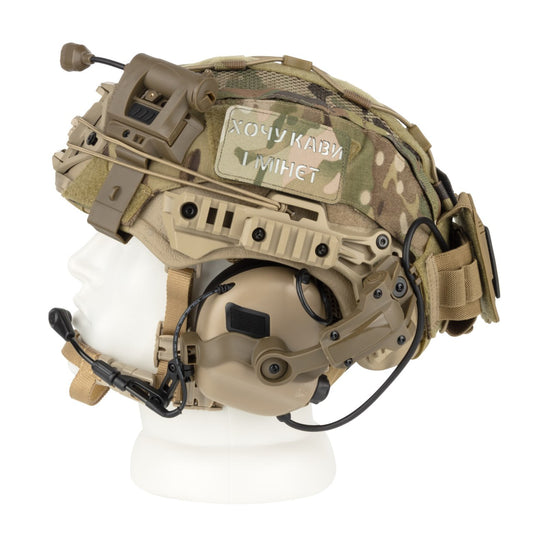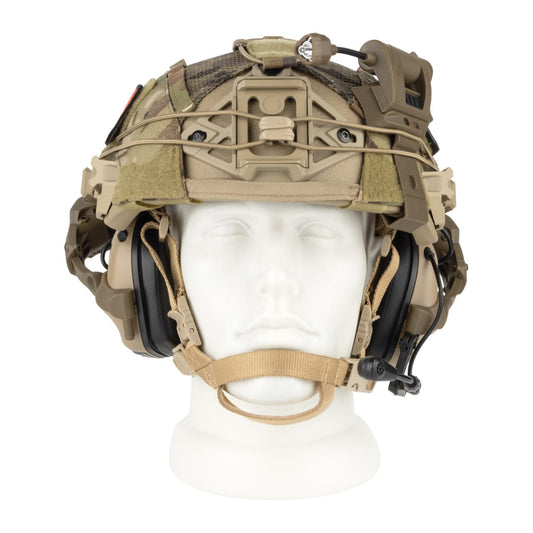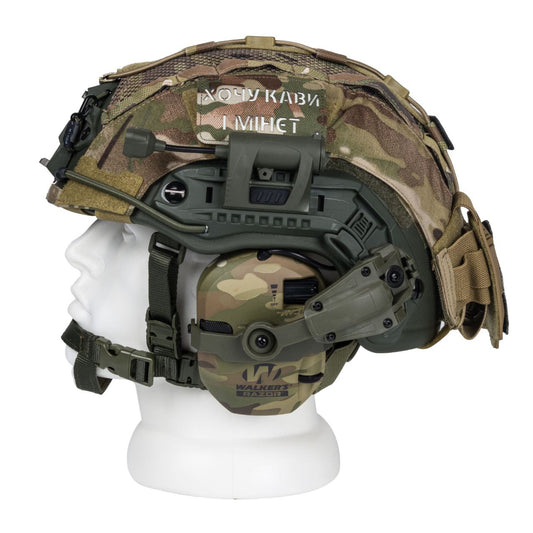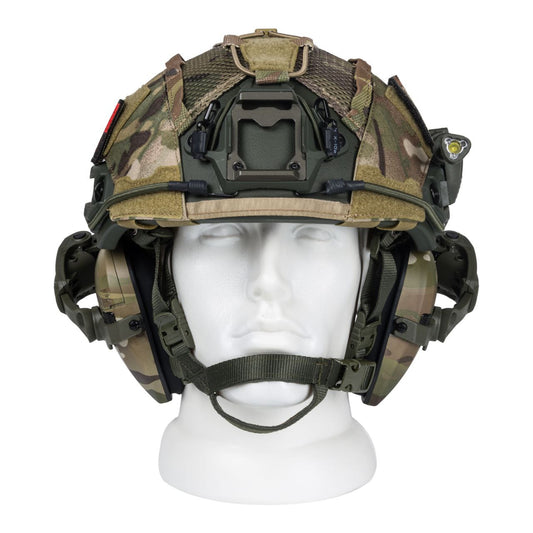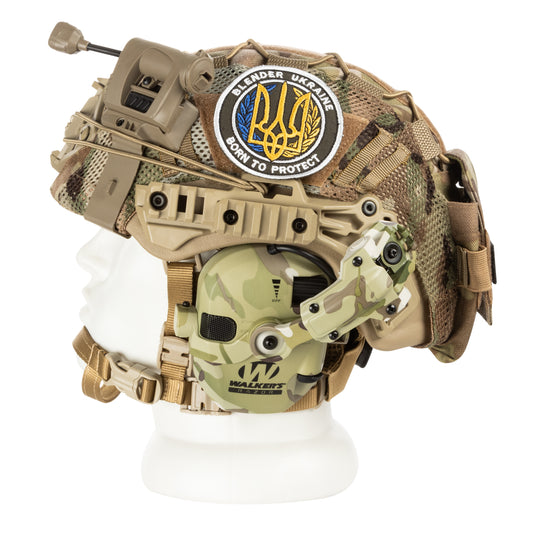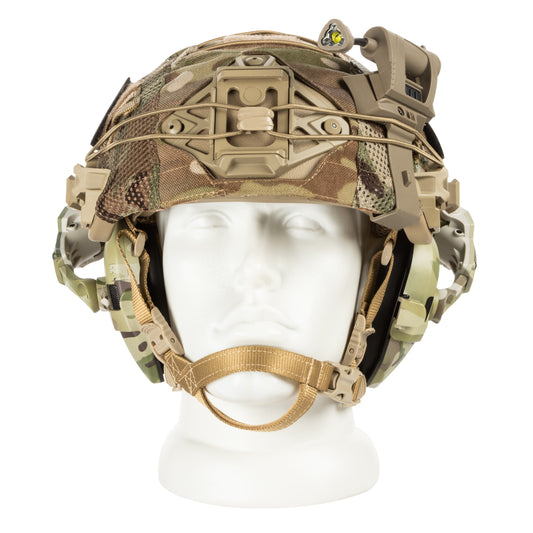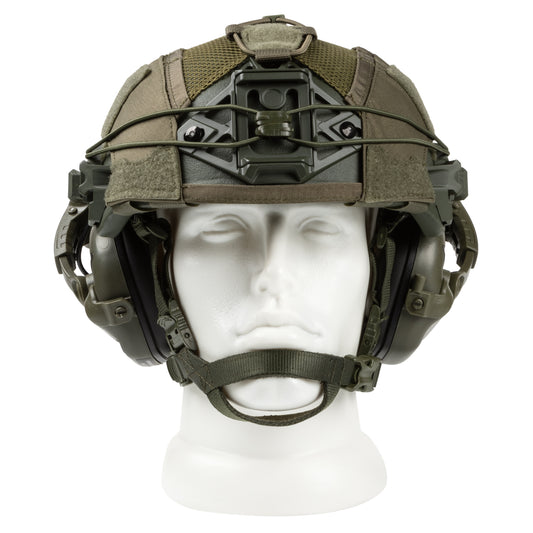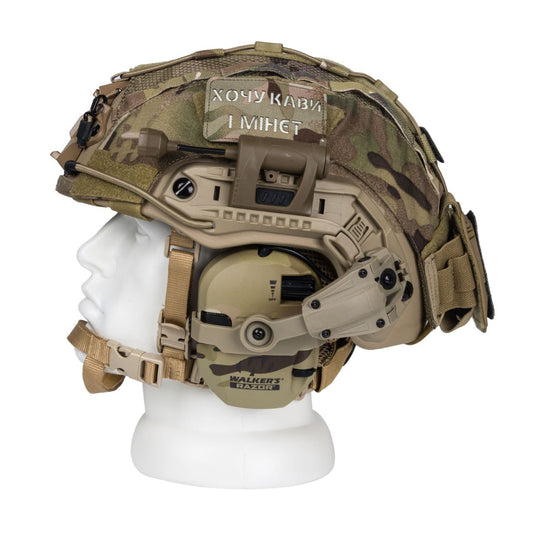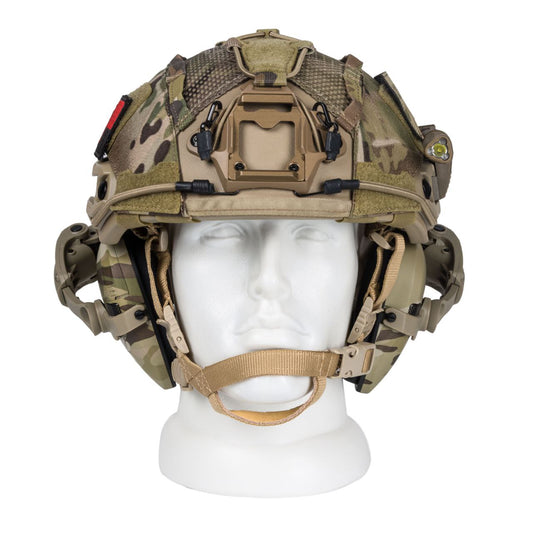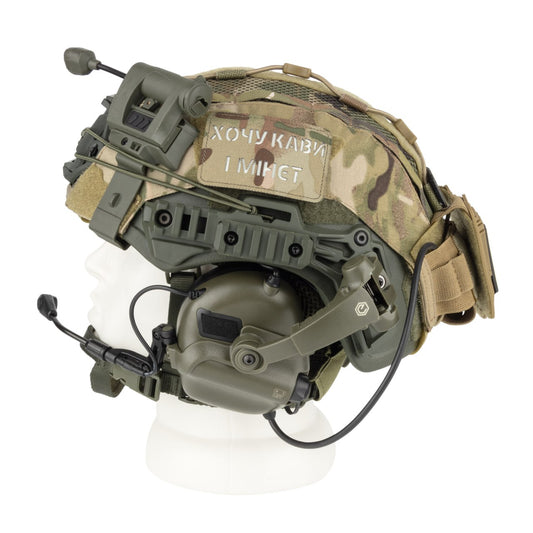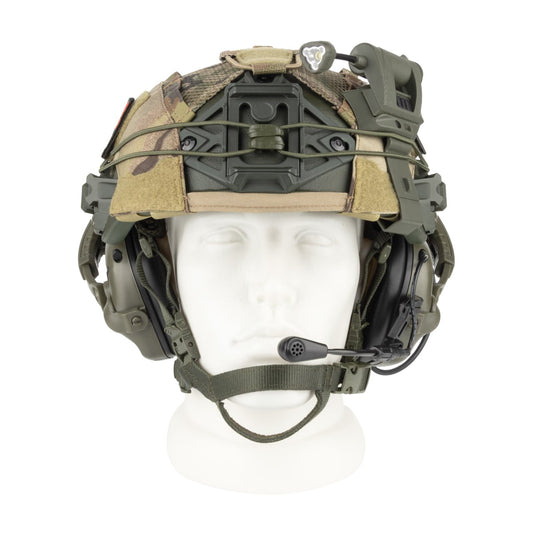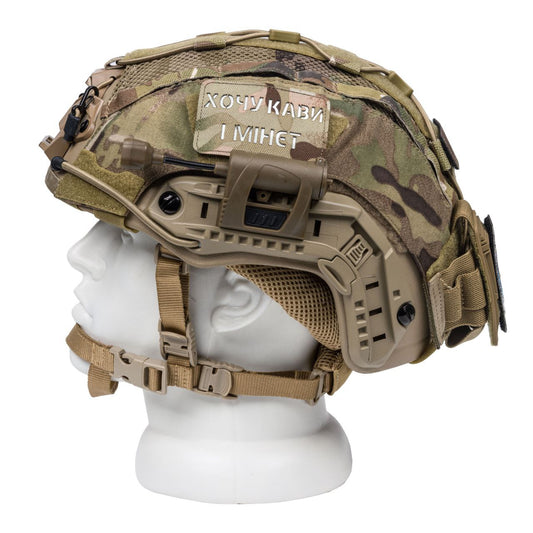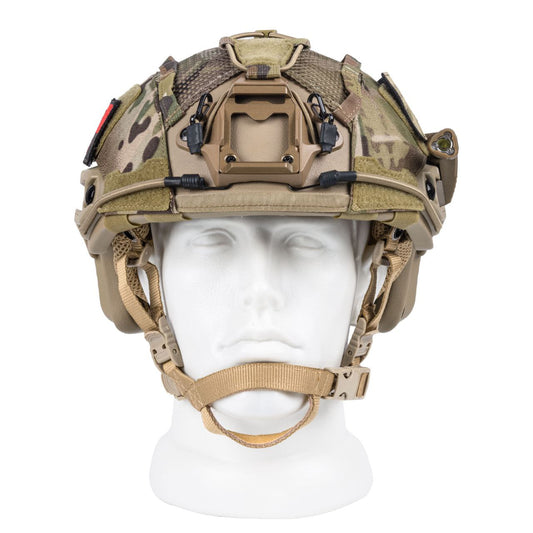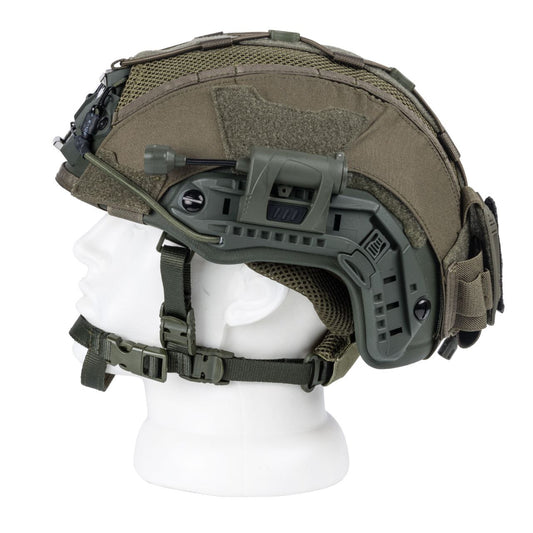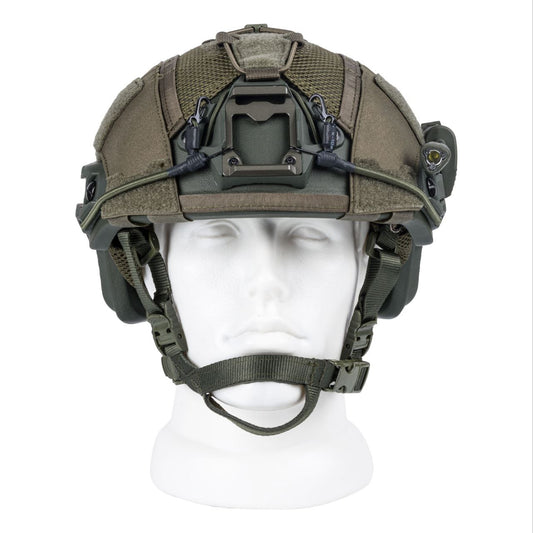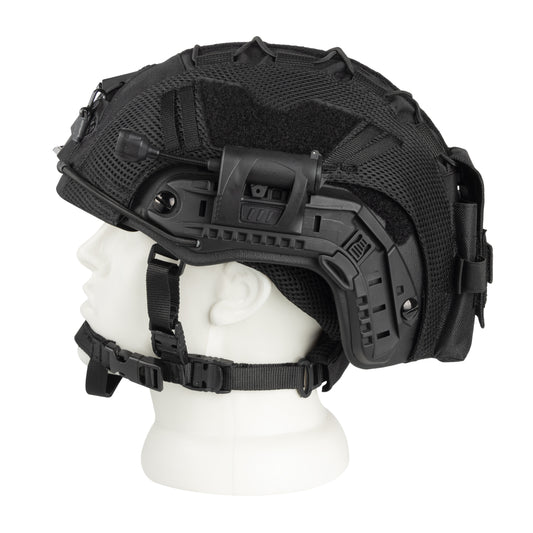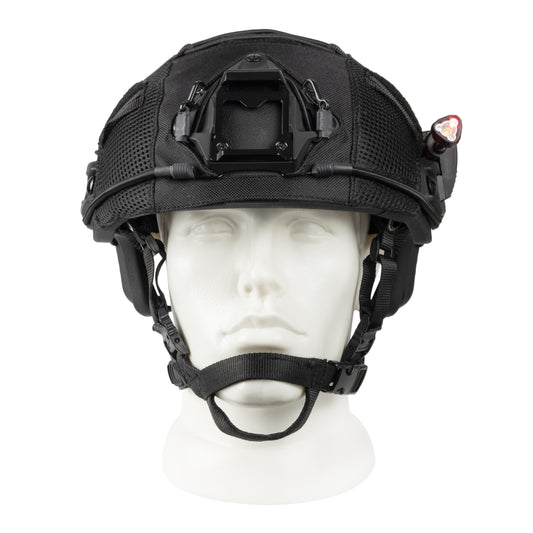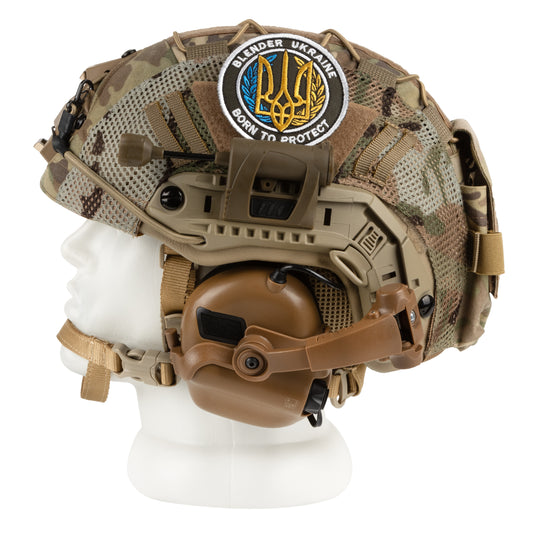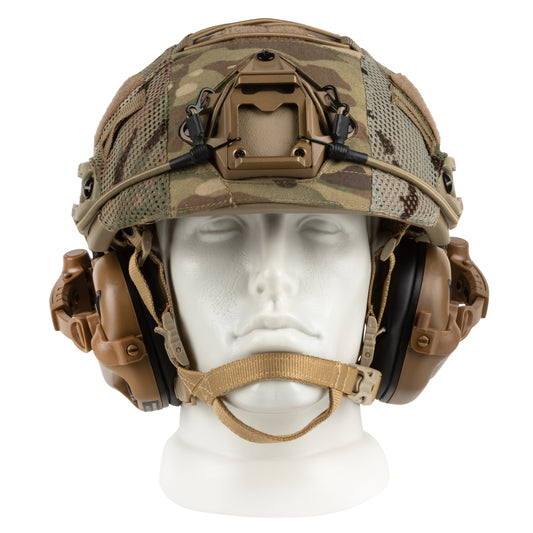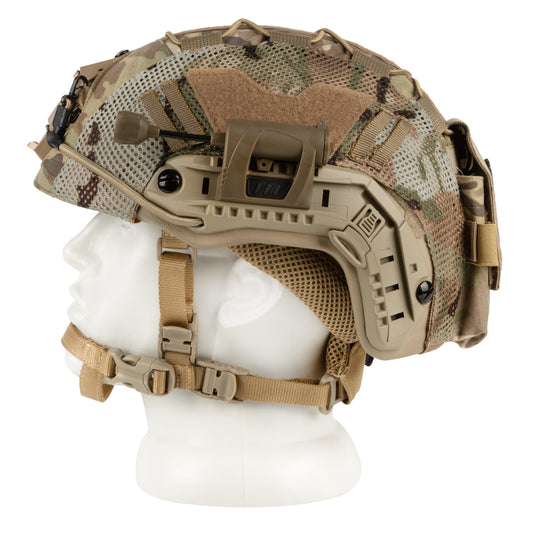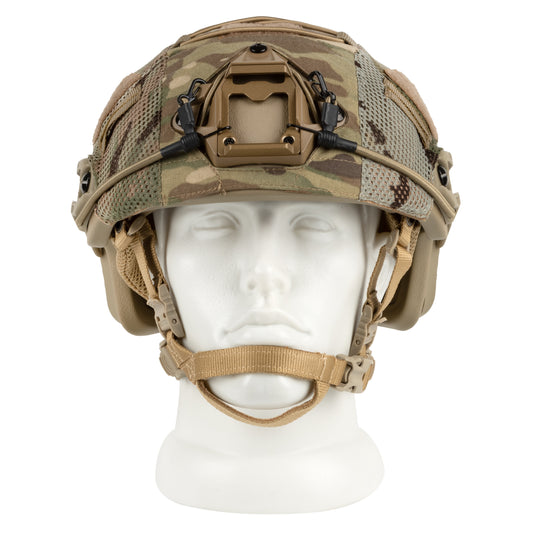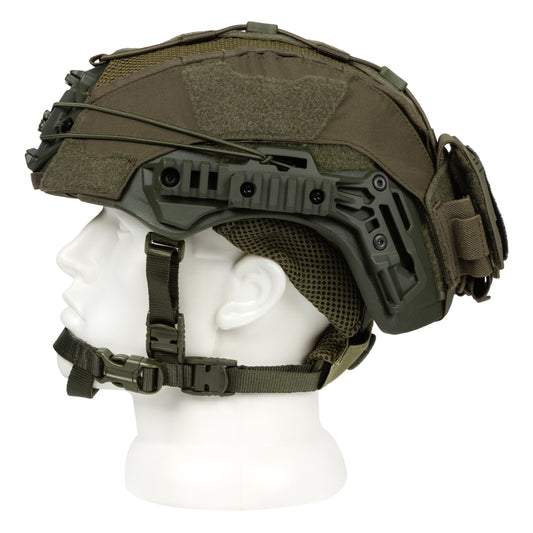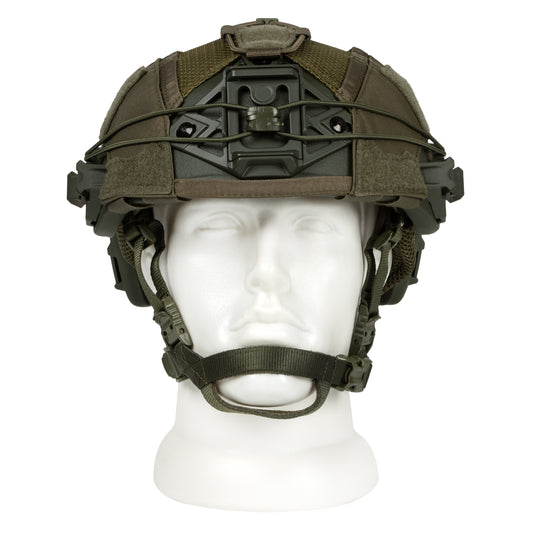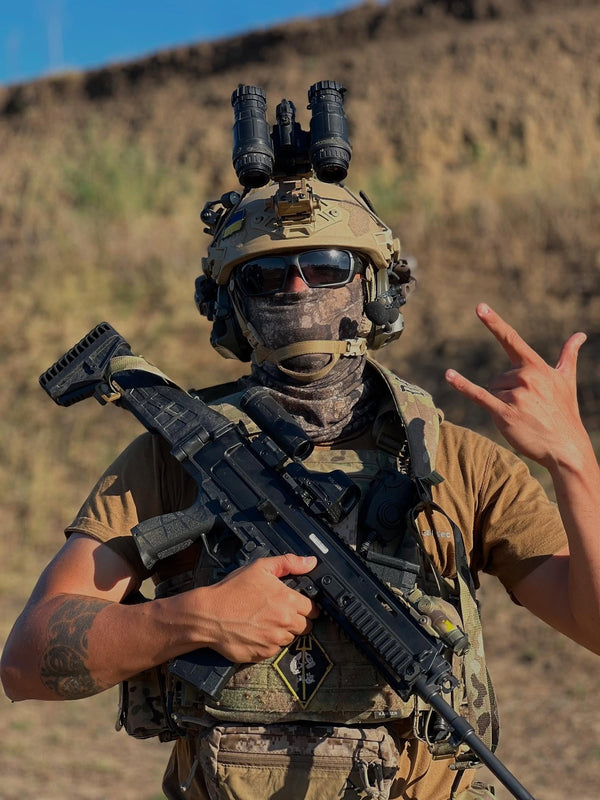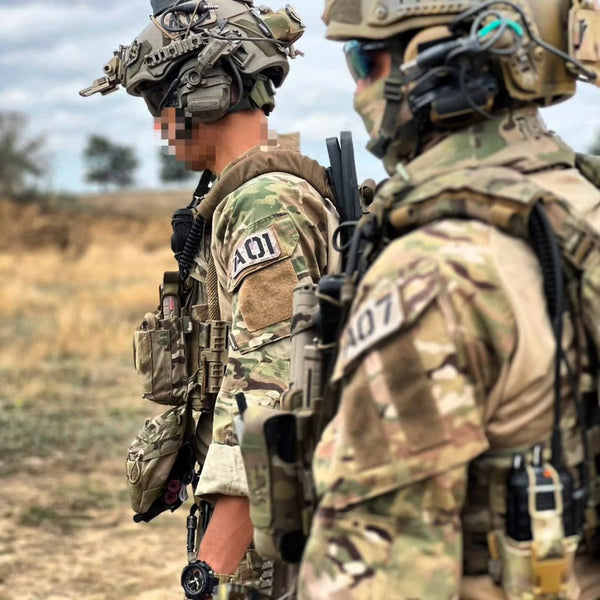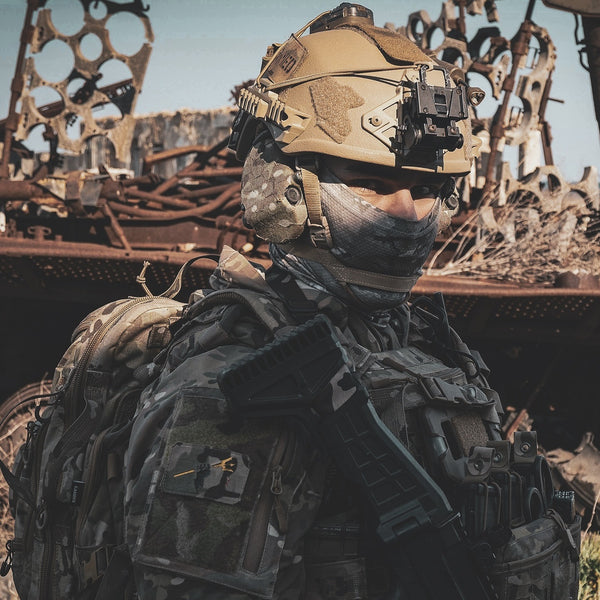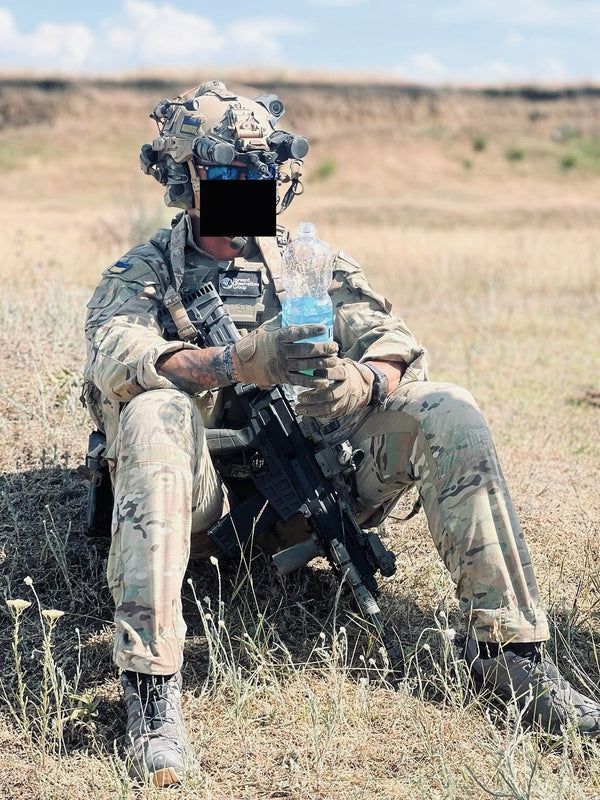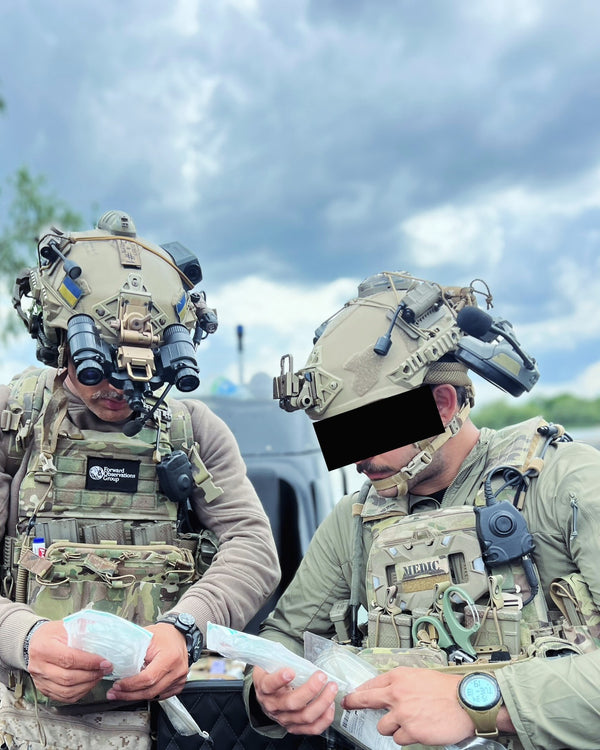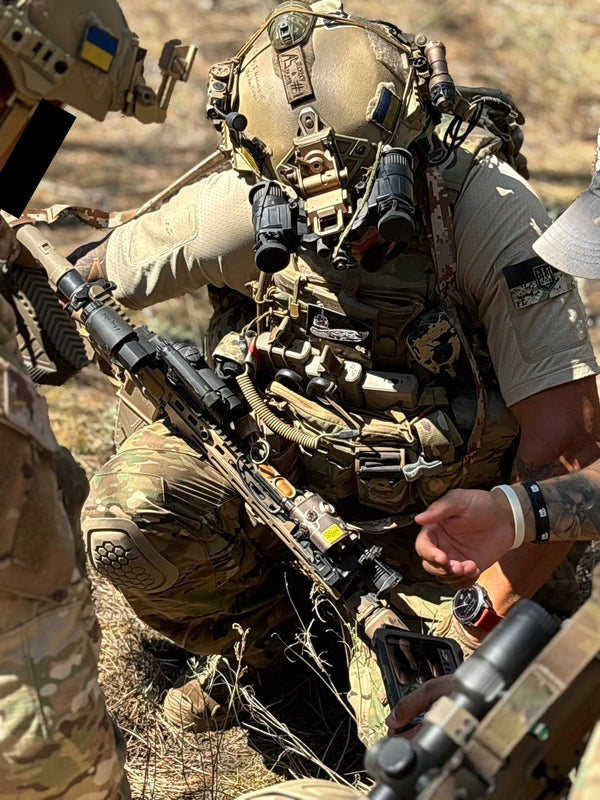-
Blender™ Ballistic FAST Helmet 3M Peltor Comtac Kit NIJ IIIA – Ranger Green
Vendor:Blender TacticalRegular price €780.00Regular price €780.00 Sale priceUnit price per€1,050.0025% -
Blender™ Warrior Ballistic FAST Helmet Kit – Desert NIJ IIIA
Vendor:Blender TacticalRegular price €549.00Regular price €549.00 Sale priceUnit price per -
Blender™ Ballistic FAST Helmet Guardian Kit NIJ IIIA – Ranger Green
Vendor:Blender TacticalRegular price €499.00Regular price €499.00 Sale priceUnit price per€681.0026% -
Blender™ Exfil Ballistic Helmet NIJ IIIA – Desert Vanguard Kit
Vendor:Blender TacticalRegular price €645.00Regular price €645.00 Sale priceUnit price per€745.0013% -
Blender™ Exfil Ballistic Helmet NIJ IIIA Kit with Walker's Razor – Ranger Green
Vendor:Blender TacticalRegular price €645.00Regular price €645.00 Sale priceUnit price per€745.0013% -
Blender™ Guardian Ballistic FAST Helmet Kit – Black NIJ IIIA
Vendor:Blender TacticalRegular price €579.00Regular price €579.00 Sale priceUnit price per€681.0014% -
Blender™ Desert Guardian Kit NIJ IIIA | Tactical FAST Helmet Set
Vendor:Blender UkraineRegular price €499.00Regular price €499.00 Sale priceUnit price per€681.0026% -
Blender™ Exfil Ranger Green Guardian Kit NIJ IIIA | Tactical FAST Helmet Set
Vendor:Blender TacticalRegular price €549.00Regular price €549.00 Sale priceUnit price per€720.0023% -
Blender™ Exfil Ballistic Helmet NIJ IIIA Kit – Desert with Earmor M32X
Vendor:Blender TacticalRegular price €549.00Regular price €549.00 Sale priceUnit price per€720.0023% -
Blender™ Ballistic FAST Helmet Vanguard Kit NIJ IIIA – Ranger Green
Vendor:Blender TacticalRegular price €545.00Regular price €545.00 Sale priceUnit price per€665.0018% -
Blender™ Warrior Ballistic FAST Helmet Kit – Exfil Desert NIJ IIIA
Vendor:Blender TacticalRegular price €599.00Regular price €599.00 Sale priceUnit price per€700.0014% -
Blender™ Sentinel Ballistic FAST Helmet Kit – Exfil Desert NIJ IIIA
Vendor:Blender TacticalRegular price €599.00Regular price €599.00 Sale priceUnit price per -
Blender™ Desert Vanguard Kit NIJ IIIA | Ballistic FAST Helmet Set
Vendor:Blender TacticalRegular price €549.00Regular price €549.00 Sale priceUnit price per€650.0015% -
Blender™ Exfil Ballistic Helmet NIJ IIIA Kit with Earmor M32X – MultiCam
Vendor:Blender TacticalRegular price €629.00Regular price €629.00 Sale priceUnit price per -
Blender™ Ballistic FAST Helmet Base Kit NIJ IIIA – Desert Tan
Vendor:Blender TacticalRegular price €499.00Regular price €499.00 Sale priceUnit price per -
Blender™ Ballistic FAST Helmet Base Kit NIJ IIIA – Ranger Green
Vendor:Blender TacticalRegular price €449.00Regular price €449.00 Sale priceUnit price per€590.0023% -
Blender™ Ballistic FAST Helmet Base Kit – Black NIJ IIIA
Vendor:Blender TacticalRegular price €499.00Regular price €499.00 Sale priceUnit price per€590.0015% -
Blender™ Sentinel Ballistic FAST Helmet Kit – Desert NIJ IIIA
Vendor:Blender TacticalRegular price €549.00Regular price €549.00 Sale priceUnit price per€647.0015% -
Blender™ Base+ Ballistic FAST Helmet Kit – Desert NIJ IIIA
Vendor:Blender TacticalRegular price €499.00Regular price €499.00 Sale priceUnit price per€554.009% -
Blender™ Base Ballistic FAST Helmet Kit – Exfil Ranger Green NIJ IIIA
Vendor:Blender TacticalRegular price €549.00Regular price €549.00 Sale priceUnit price per
Why choose a full Ballistic Helmet Kit instead of a standalone helmet?
A military helmet is the foundation of head protection, but a complete kit takes it further. Instead of buying the helmet, audio protection, rails, and covers separately, a kit provides a ready-to-use setup where every component is tested to work together. This saves time, avoids compatibility issues, and ensures consistent protection in the field.
For those engaged in real operations, training, or tactical sports like airsoft, a ballistic helmet kit removes the guesswork. Where a helmet alone may require multiple add-ons, the kit delivers a cohesive, reliable solution right out of the box.
What’s included in a typical Ballistic Helmet Kit?
Most ballistic helmet kits come with the following elements designed for protection, communication, and adaptability:
- Ballistic or tactical helmet – constructed from Aramid/UHMWPE composites, offering NIJ IIIA protection against handgun rounds and fragmentation threats.
- Hearing protection / comms headset – active noise reduction while keeping essential sounds audible, often PTT or radio-compatible.
- Rails and mounting adapters – for lights, NVGs, cameras, or face shields.
- Tactical light and cover – detachable lamp with multiple modes, plus a camouflage helmet cover to blend into the environment.
This combination transforms a helmet into a multifunctional platform that balances safety with tactical efficiency.
Comparative overview of helmet kits
Light kit (training/airsoft)
Weight: 1.2–1.4 kg.
Materials: ABS + nylon.
Protection: non-ballistic, no certified ballistic resistance.
Compatibility: replica FAST/MICH helmets.
Recommended use: airsoft, paintball, training drills.
Price range: €120–180.
Ballistic NIJ IIIA kit
Weight: 1.5–1.7 kg.
Materials: Aramid/UHMWPE.
Protection: NIJ IIIA certified, resistant to fragments and handgun rounds.
Compatibility: FAST, ACH, Exfil helmets.
Recommended use: police, military, security operations.
Price range: €450–700.
Shooting kit with comms
Weight: 1.6–1.8 kg.
Materials: Aramid/UHMWPE with integrated audio inserts.
Protection: NIJ IIIA + active hearing protection.
Compatibility: Radio/PTT communication systems.
Recommended use: live-fire training, missions with high noise levels.
Price range: €550–800.
Full camouflage kit
Weight: 1.7–1.9 kg.
Materials: Aramid/UHMWPE with Cordura 500D cover.
Protection: NIJ IIIA + additional accessories.
Compatibility: NVG mounts, universal rails.
Recommended use: field operations in forest, desert, or urban environments.
Price range: €600–900.
Unlike standalone helmets, these sets are designed and tested as complete systems—reducing both cost and risk over piecemeal upgrades.
Practical benefits of a full Ballistic Helmet Kits
Opting for a complete helmet kit provides several clear advantages:
- Guaranteed compatibility – all components tested together.
- Cost efficiency – cheaper than buying each accessory separately.
- Versatility – equally useful in military operations, law enforcement, and training or tactical sports.
For users who only need basic protection, a helmet alone may be sufficient. But for those requiring readiness, adaptability, and full equipment integration, a kit offers better long-term value.
How to choose the right kit for your needs
The decision depends on your environment and risk level. For combat or high-risk missions, a certified NIJ IIIA ballistic kit is essential. For shooting ranges or military training, choose a kit with integrated comms and hearing protection. Airsoft or recreational users will find lightweight kits more comfortable and affordable.
Camouflage and accessories should match the terrain. Forest, desert, and urban covers are designed not only for visual concealment but also for protecting the shell from scratches and weather.
Care and maintenance
A helmet kit can last years if maintained properly. Clean the helmet shell and cover with lukewarm water and mild detergent, let them air dry, and avoid direct heat. Regularly check rails, mounts, and hearing protection seals to ensure stability during missions.
